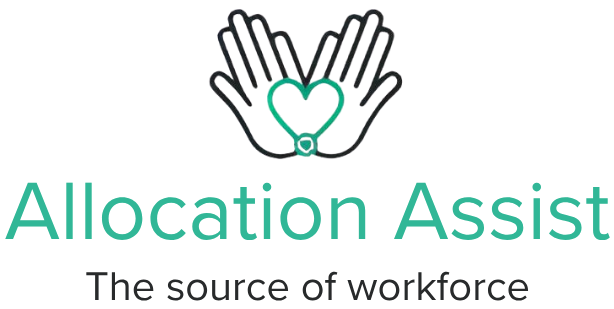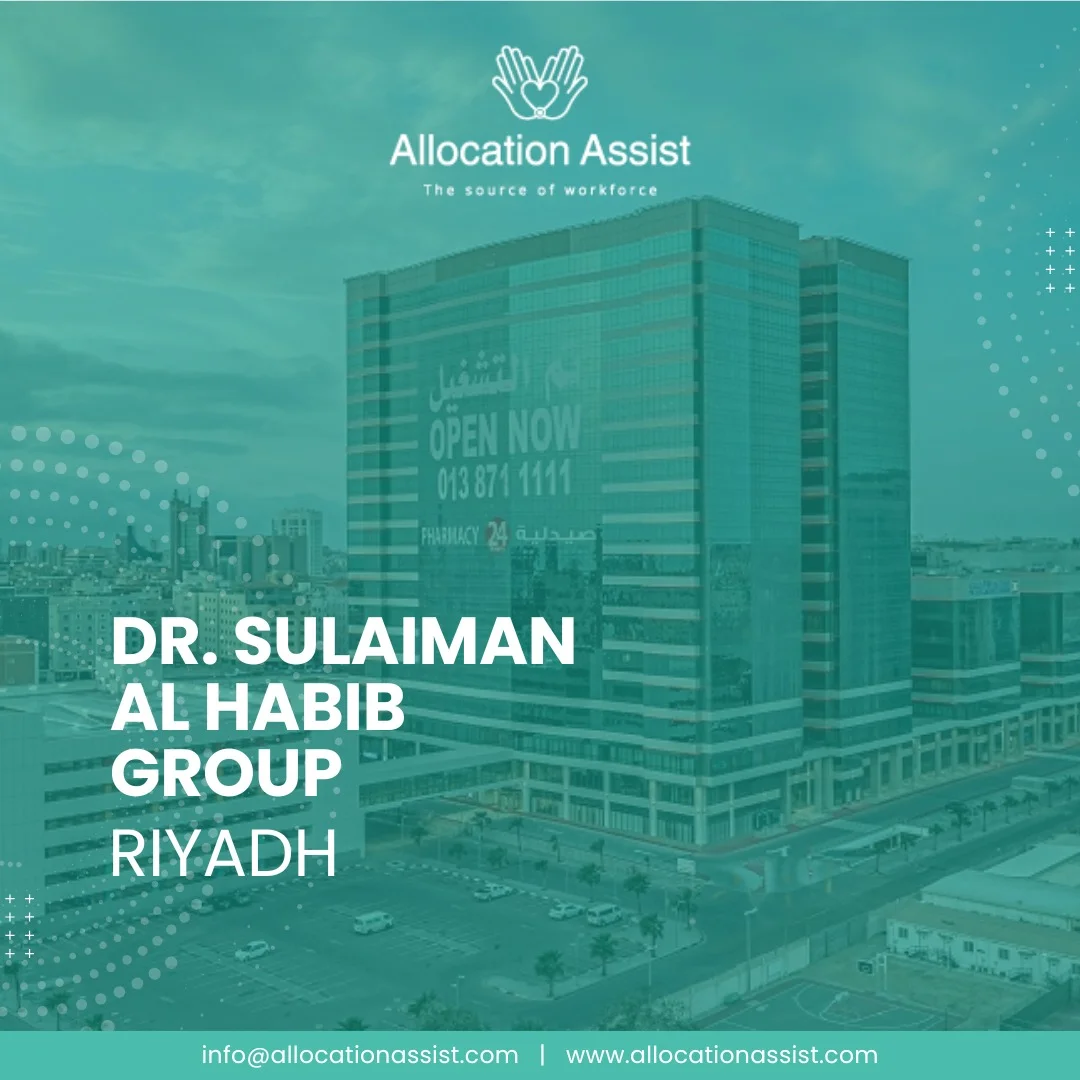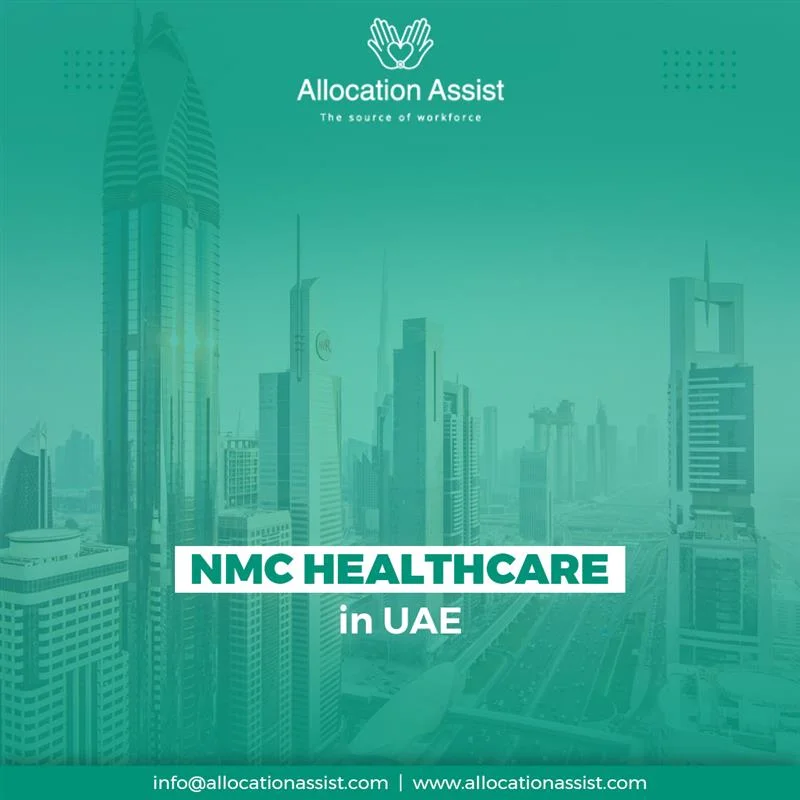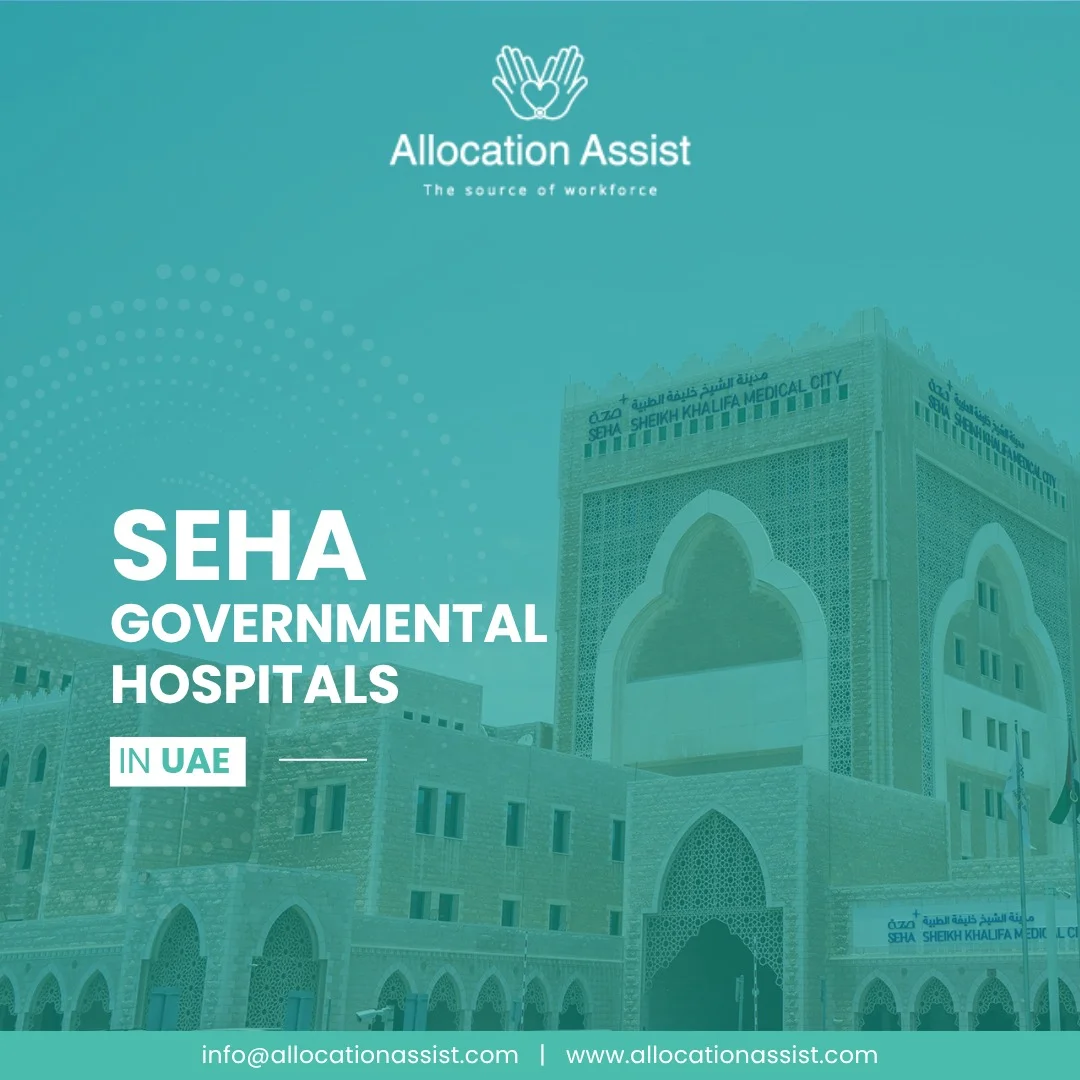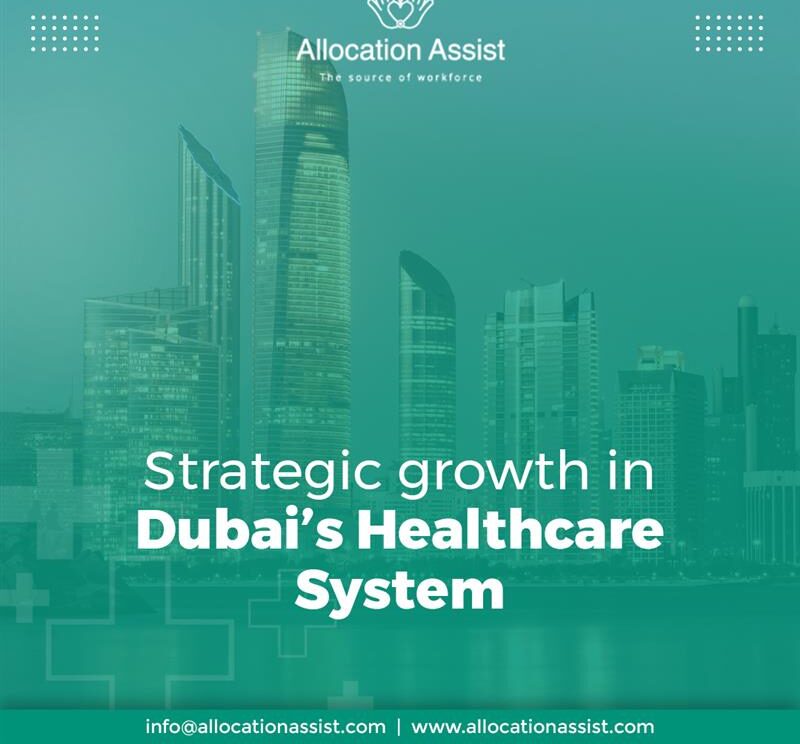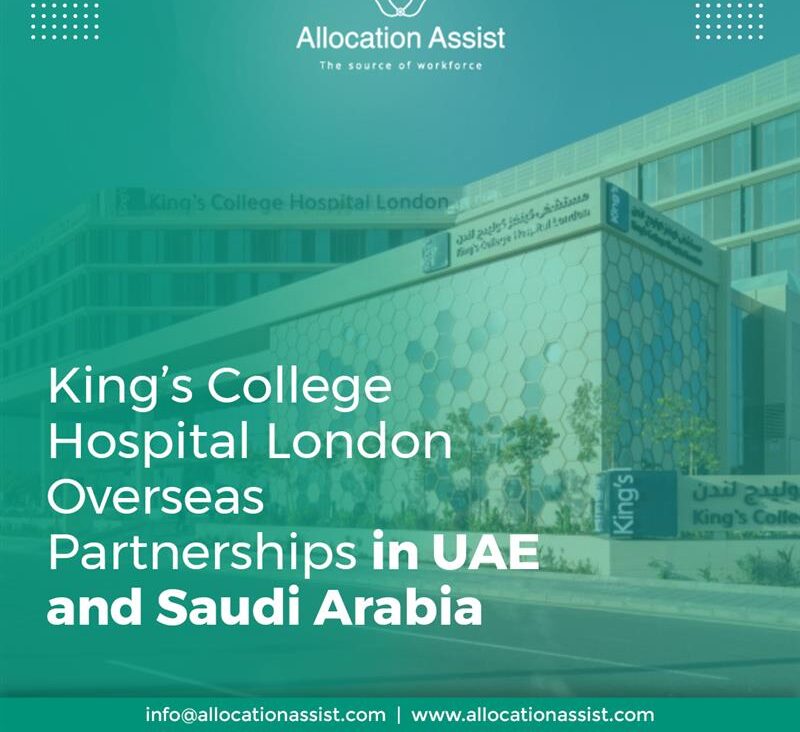Saudi Arabia’s healthcare system is undergoing a transformation to ensure access to high-quality healthcare for all members of society. Saudi Arabia has the largest healthcare system in the region, accounting for 60% of GCC countries’ healthcare expenditure
The Saudi Arabian government has made significant investments in healthcare infrastructure, with private investment and public-private partnerships (PPP), in order to drive further growth. The Health Sector Transformation Program is improving access to high-quality, cost-effective, daily, integrated healthcare for all individuals. either a resident or a guest.
In what way does the Saudi Arabian healthcare system work?
Saudi Arabia’s healthcare system is well-established, consisting of primary, secondary, and tertiary facilities. Multi-specialty hospitals provide the full range of specialized healthcare services, including transplant services and cancer treatment.
The government previously served as the main provider of healthcare services; however, private investment and provision are now increasing rapidly. While the public sector provides healthcare for Saudi nationals, the government now requires expatriates and Saudi nationals working in the private sector to have private healthcare insurance. The Ministry of Health (MOH) regulates healthcare throughout the Kingdom.
Why is the healthcare sector growing in Saudi Arabia?
Preventive and integrated healthcare is a top priority for the Saudi Arabian government. As the kingdom’s population grows, the healthcare sector is also expanding. In 2023, the government spent $50.4 billion on healthcare and social development, accounting for 16.96% of the annual government budget. This expenditure was second only to the education sector.
Authorities have used this to enhance healthcare infrastructure and technology, improve patient care, and boost healthcare indicators. There has been considerable investment in reducing the burden of non-communicable and lifestyle diseases such as diabetes, obesity, and cardiovascular diseases.
The Ministry of Health is scaling up education and training for the local workforce and boosting the adoption of digital information systems.
How is private sector investment driving growth?
The Saudi Arabian government views the private sector as a strategic partner in achieving its national health goals and ensuring access to high-quality healthcare for all. Public-private partnerships (PPP) are being utilized to build capacity and address gaps in provision.
In recent years, the Saudi healthcare sector has been fully open to foreign-owned businesses. Incentives are offered to multinationals interested in establishing headquarters in the Kingdom.
The Health Sector Transformation Program of the Ministry of Health plans to increase private sector contributions from 40 percent to 65 percent by 2030.
What is Saudi Arabia’s Health Sector Transformation Program?
Health is integral to Saudi Arabia’s government policy. The Health Sector Transformation Programme, a part of the Kingdom’s Vision 2030, is a blueprint to further develop Saudi Arabia’s healthcare infrastructure and restructure services and insurance to provide comprehensive, integrated healthcare.
To address health disparities between urban and rural areas, the country is launching 21 “health clusters” and has expanded the provision of e-health services.
Each cluster will be an integrated network of healthcare providers serving approximately one million people. The plan will also expand capacity and enable access to timely, affordable care.
To prioritize, we aim to boost accredited hospitals, support skilled healthcare professionals, and promote digital health innovation.
The kingdom emphasizes prevention and health promotion, focusing especially on decreasing smoking and obesity rates, improving road safety, and increasing the average life expectancy.
The public and private sectors collaborate to create a robust healthcare system. They plan to unify the population’s medical records digitally by 2025 for enhanced integration and practice.
The National Accreditation Program for Healthcare Organizations (NAHCO) and the Saudi Central Board for Accreditation of Healthcare Institutions (CBAHI) introduced accreditation programs to ensure consistent standards and quality.
What opportunities are there for Western-trained doctors?
As the population of Saudi Arabia continues to grow and the healthcare sector expands, the healthcare industry seeks highly qualified and experienced professionals to address workforce gaps. Western-trained doctors, especially those with advanced fellowships post-specialization, are sought after to bring new skills and techniques to the country and transform Saudi Arabia’s healthcare sector.
References:
Health Sector Transformation Program:
Healthcare System in the Kingdom of Saudi Arabia: An Expat Doctor’s Perspective (PMC)
Saudi Arabia: Healthcare
Saudi Arabia needs an extra 175,000 healthcare workers by 2030: Report | Al Arabiya
Related Article-
